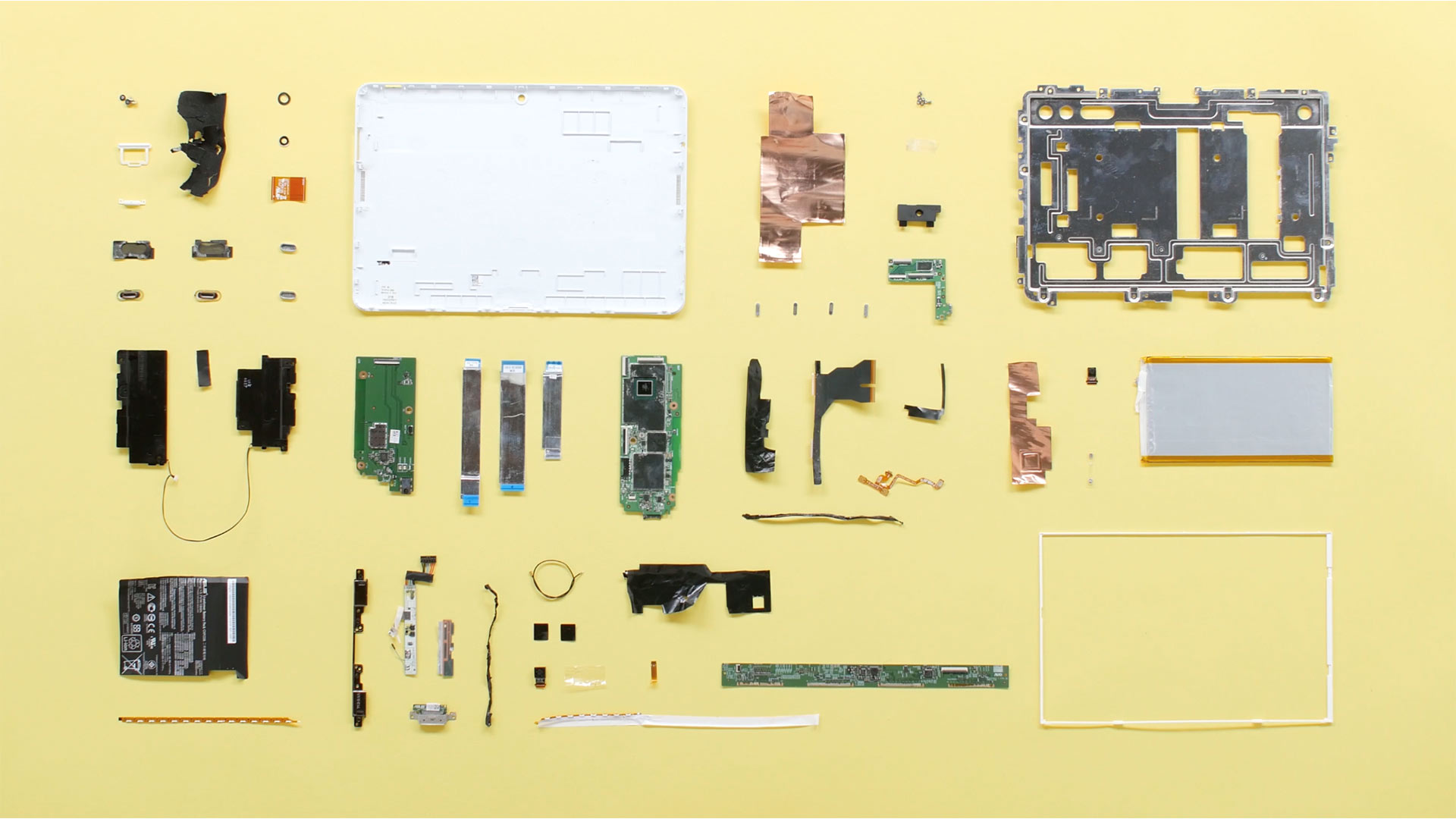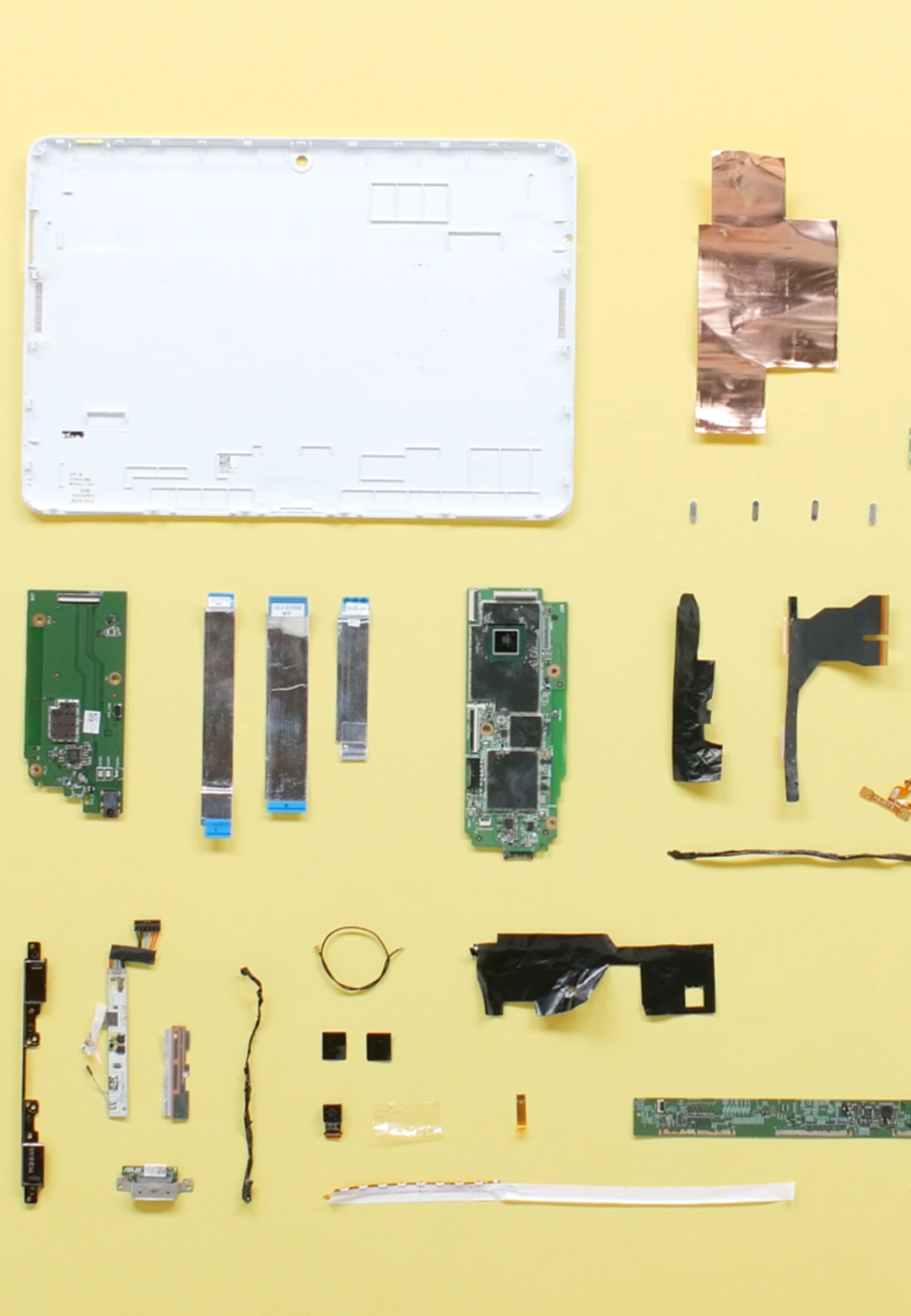The path that leads to a sustainable world is strewn with hurdles that demand personal responsibilities and duties. It is, hence, essential for every individual to exercise conscientious thinking when fulfilling their roles in disparate disciplines. For designers, artists and architects, this includes everything, from the way they source their materials, to the processes employed to build their artefacts, the respective life cycles of entities created by them, and the intended method of discarding or reusing them. An ongoing exhibition at The Museum of Modern Art in Manhattan, New York City, USA, platforms such objects. The featured objects are at once innovative and elegant, as well as respectful to ecosystems. Titled Life Cycles: The Materials of Contemporary Design, the exposition is on view from September 2, 2023 to July 7, 2024.
The showcase at the art museum comprises around 80 contemporary design creations by 40 designers. Taken from MoMA’s collection, each object in this collection was designed keeping in mind the entire life cycle of the materials, right from extracting and obtaining it to either disposing of it or upcycling it. “The exhibition investigates the fundamental role design can play in translating current environmental considerations into sophisticated and informed responses,” reads an excerpt from the exhibition text. The show is organised by Paola Antonelli, Senior Curator, and Maya Ellerkmann, Curatorial Assistant, Department of Architecture and Design.
Among the pieces on display at the museum is nendo’s Cabbage Chair, Tomáš Gabzdil Libertíny’s Honeycomb Vase, and Mae-ling Lokko’s hemp, kenaf fibers and fungal mycelium wall panel. While some of these designs highlight the merits of upcycling and recycling used entities, others encourage processes that are undertaken in collaboration with non-human sentient beings. Various showcases also shine a light on the limits to which natural materials can be stretched, and, hence, utilised to design regular objects. The exhibition also highlights materials that can serve as replacements for toxic entities such as plastic.
The Cabbage Chair by Oki Sato of nendo was created by the Japanese designer when Issey Miyake challenged him to repurpose the paper left over from the fabric-pleating process used for his 'Pleats Please' line of clothing. On the other hand, the Honeycomb Vase by Tomáš Gabzdil Libertíny was built with the help of forty thousand honeybees. Some other materials visible within the museum include mycelium, sand-cast aluminium, copper wire, bio-resin, cherry wood, recycled glass and 3-D printed glass, porcelain and polyurethane, bio-fabricated leather and cotton, cow dung, PVA wood glue, wood veneer, styrene and sinew, wool, nylon, charcoal of food waste and urushi lacquer, microalgae and sugar-based biopolymer, and 3D-printed multicoloured Vero acrylic polymer, among others.
Antonelli further explains, “The environmental crisis is front and centre in everybody’s mind. Design has an integral responsibility, and any act of good design should involve awareness, empathy, respect, and consideration toward all objects, organisms, and ecosystems—as well as future generations. Design can be an agent of positive change and play a crucial part in restoring the fragile ties between humans and the rest of nature. The materials with which objects are made, and our cultural attitudes toward them—as designers and as citizens— lead this evolutionary process.”
While the past few decades have witnessed exuberant progress in styles, processes and the technologies and machines designed to ease their creation, little attention has been paid to the life cycle of materials used to build them. At a time when various forums around the globe are initiating conversations about sustainability, it is imperative to examine the substances that make our buildings and the objects strewn around us. This design exhibition at MoMA seeks to do exactly that.
“In the 1990s, for instance, designers began customising new materials, such as resins and composites, without the need to rely on chemical engineers or companies, expanding the boundaries of their creativity and control. However, while these new materials could be fine-tuned and behaved in ways never before seen, little attention was paid to their long-term behaviour and impact. Almost three decades later, Life Cycles provides insight into the changed role of materials and designers’ shifted priorities,” reads an excerpt from the exhibition text.
‘Life Cycles: The Materials of Contemporary Design’ is on view from September 2, 2023 to July 7, 2024 at The Museum of Modern Art, 11 W 53rd St, New York, NY 10019, USA.






 Sign in with email
Sign in with email










What do you think?